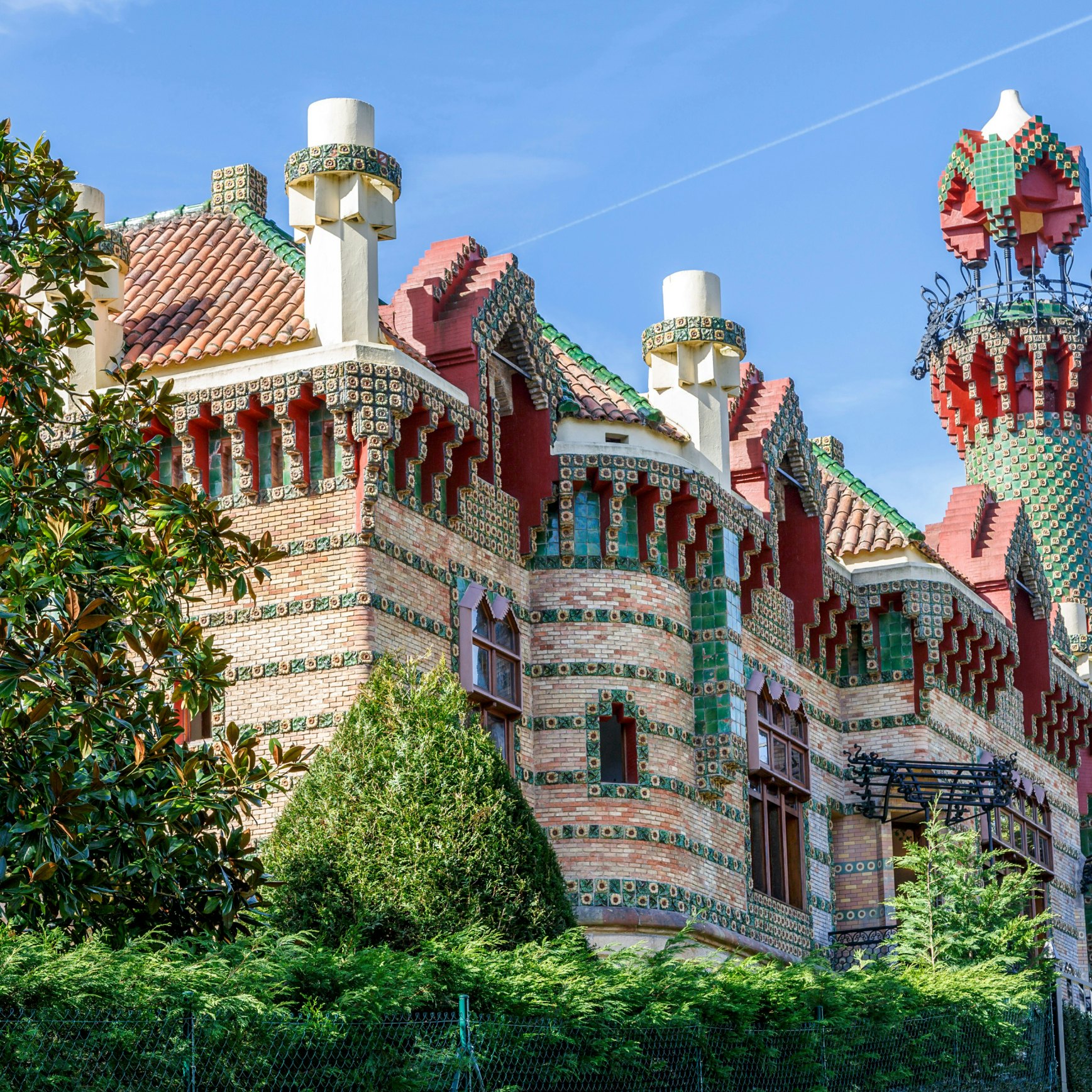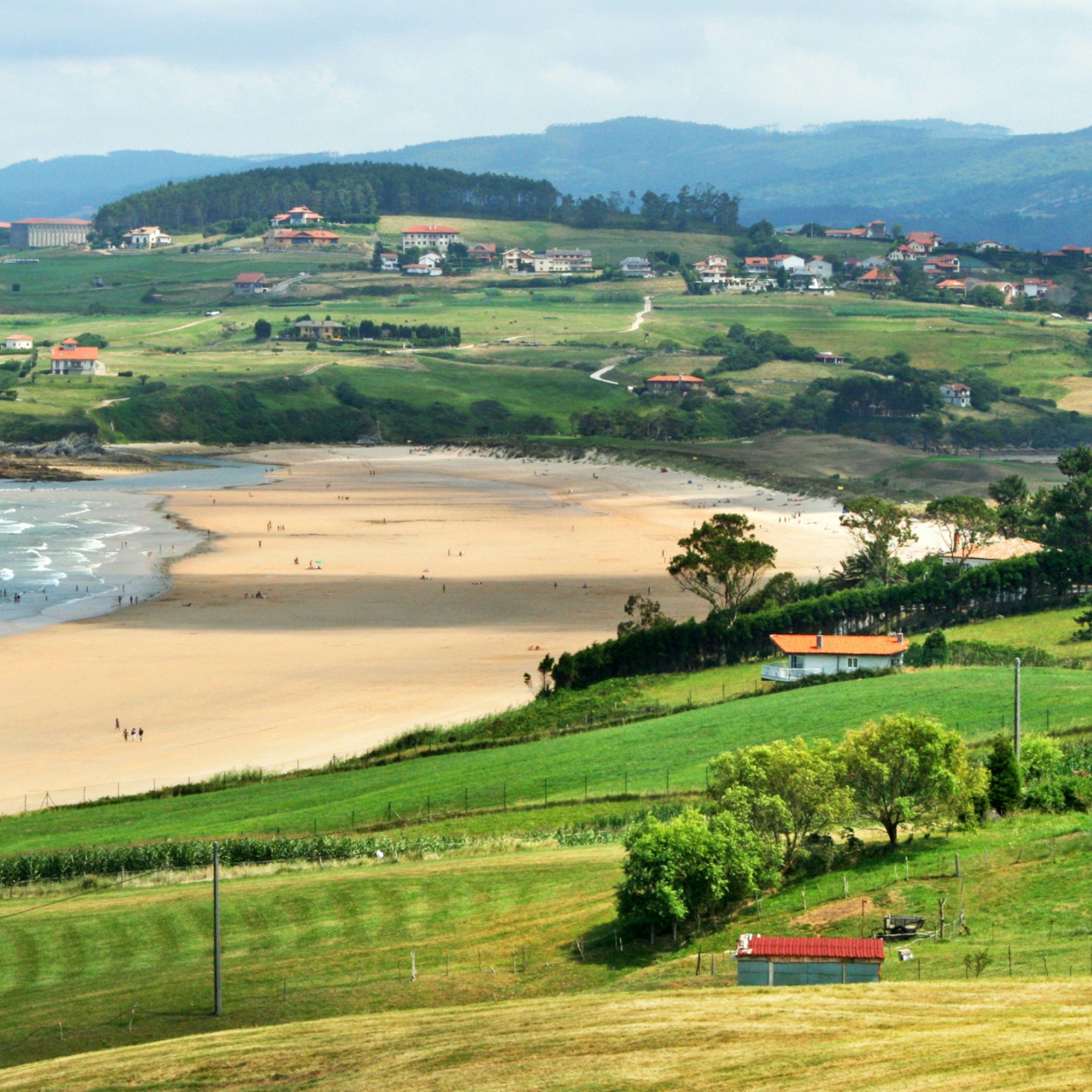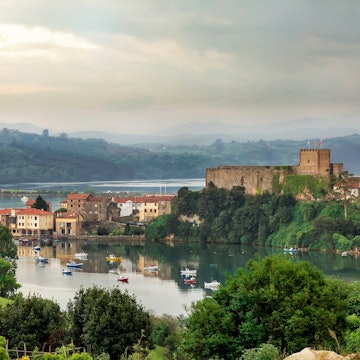
Overview
You can traverse this green-clad region next to Asturias from north to south in an hour. But don’t. For modern travellers, Cantabria offers a bit of everything. The coastline is a sequence of soft cliffs, beautiful beaches and colourful fishing ports; summer seaside days are perfectly possible (unreliable weather permitting). The inland mountains – sliced up by deep, multibranched valleys connected only by steep passes – are sprinkled with sleepy villages and prove a feast for the eyes, whether you drive the country roads or walk the trails.
Leave the planning to a local expert
Experience the real Cantabria. Let a local expert handle the planning for you.
Must-see attractions
Get a book. Get inspired. Get exploring.
in partnership with getyourguide




















